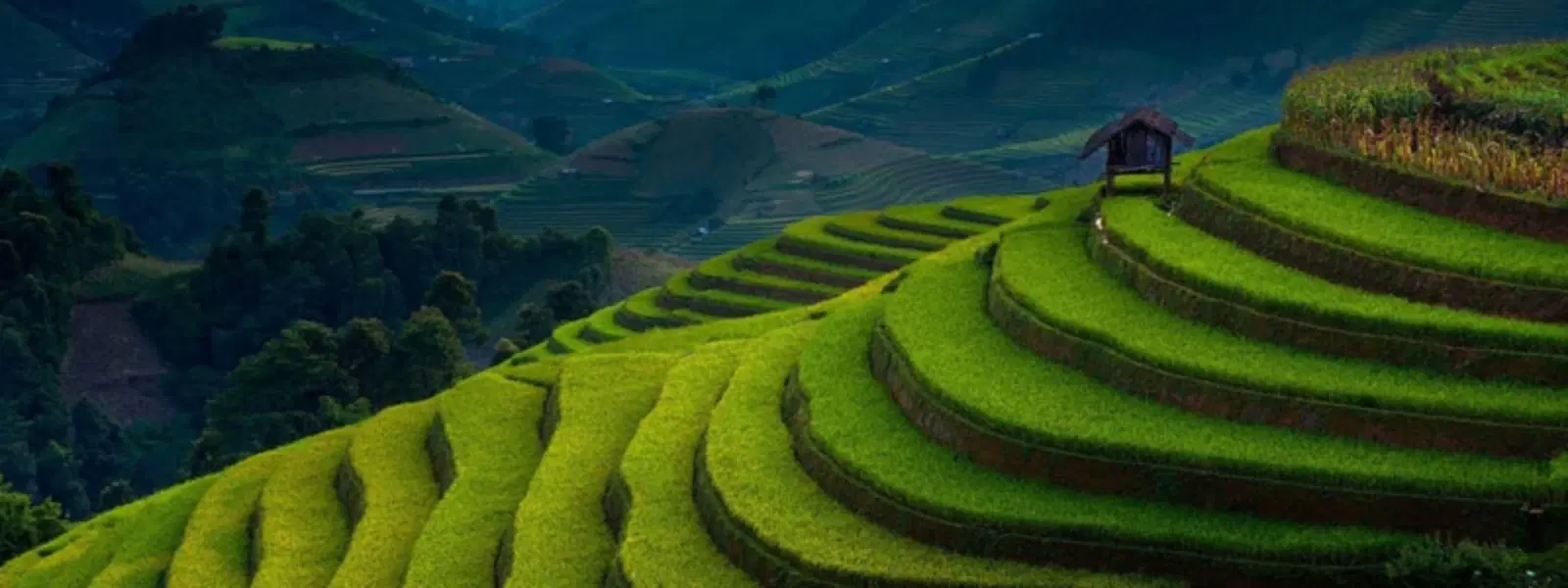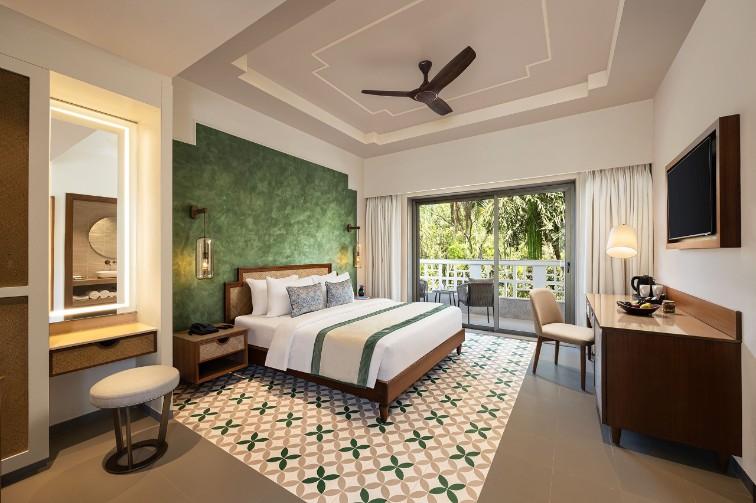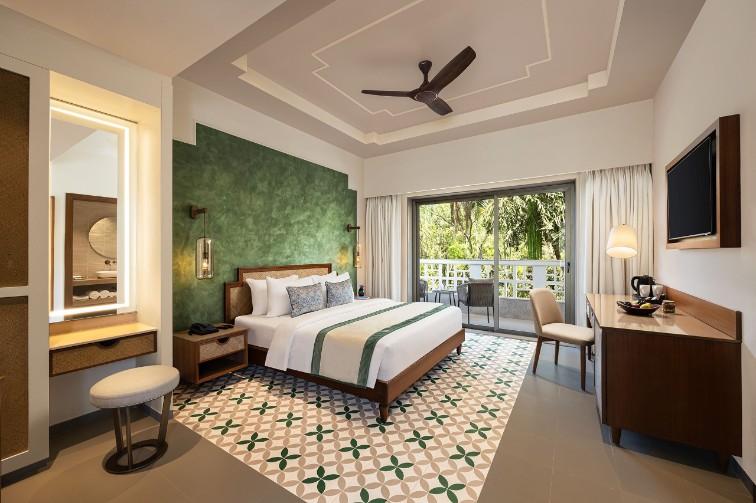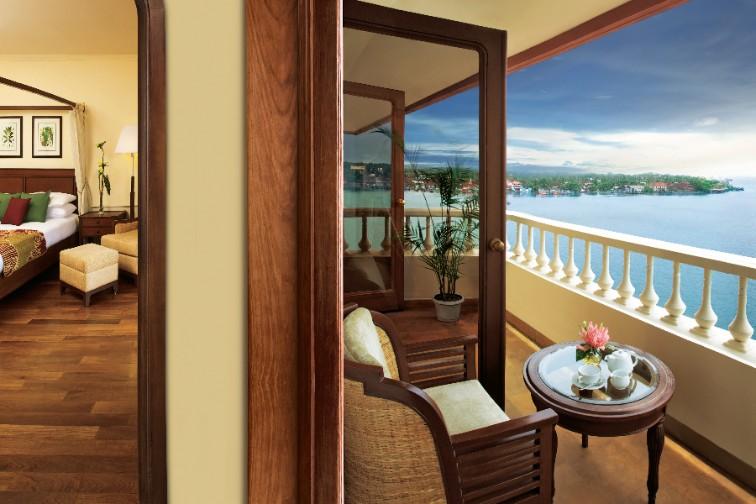
Hotels
•05 min read

Imagine a town where lush greenery stretches as far as the eye can see, mountains stand tall with their snow-capped peaks, and a serene charm envelops every corner. Ranikhet is that magical destination that transforms with each season, offering unique backdrops and experiences throughout the year. Whether you’re a nature lover, an adventure seeker, or someone simply looking for a peaceful retreat, this guide will walk you through the seven best times to visit Ranikhet. By understanding the seasonal highlights, weather conditions, and ideal activities, you can tailor your trip for an unforgettable experience.
Ranikhet enjoys a welcoming climate that varies dramatically over the course of the year. Visitors can experience warm, pleasant summers; refreshing, rejuvenating monsoons; and crisp, chilly winters. This varied weather is what makes Ranikhet so intriguing, as each season paints the landscape with a different palette of colors and moods. From mild breezes and sunny days in summer to the cozy, frost-kissed evenings in winter, the weather and seasonal changes contribute significantly to the scenic beauty of the region.
Summer (March–June): During these months, the weather is ideal for outdoor adventures and leisurely strolls through verdant landscapes.
Monsoon (July–August): Lush and rejuvenated, this season brings a touch of mystique to Ranikhet with its misty hills, though travelers should be mindful of occasional roadblocks.
Winter (September–February): The onset of winter transforms the area into a picturesque retreat perfect for experiencing snowfall and tranquil winter vistas.
Spring in Ranikhet is a visual delight. As the town wakes up from the cool winter rest, blooming flowers and clear skies create an idyllic setting. The mild weather is perfect for nature walks and photography. A visit to Chaubatia Gardens during this time not only renews the soul but also offers an up-close look at the stunning natural flora. This season is one of the best times to visit Ranikhet for those in quest of peaceful rejuvenation amidst nature's charm.
The early summer months bring warm temperatures and a burst of green across the hills, offering ideal conditions for family outings and adventurous trips. Ranikhet welcomes tourists with open arms as the temperatures make for comfortable sightseeing. A round of golf at the Upat Golf Course or a visit to Jhula Devi Temple provides a delightful mix of relaxation and exploration. The combination of pleasant weather and vibrant landscapes makes these months one of the ideal months to visit Ranikhet for a memorable vacation.
Monsoon in Ranikhet is characterized by a dramatic transformation of its natural scenery. The hills are draped in a delicate mist, and waterfalls become more robust, creating a landscape that feels both magical and mysterious. With fewer tourists around, this period is excellent for those who prefer a quieter, more introspective travel experience. However, it's advisable to prepare for occasional disruptions in accessibility and flow with the seasonal rhythm, adapting travel plans to weather conditions.
As the rains recede, Ranikhet enters a phase of post-monsoon beauty. The clear skies return, and the landscape is bathed in vibrant hues of autumn. The foliage turns into a canvas of earthy tones, creating an environment perfect for trekking and leisurely exploration. Attractions like Bhalu Dam are especially captivating during this time, making it another one of the ideal months to visit Ranikhet for those who appreciate nature’s transitional beauty.

With the arrival of November, Ranikhet begins its transformation into a winter wonderland. During these months, the chill sets in and the town's charm takes on a serene, idyllic quality. The slightly frosty evenings invite travelers to explore local temples such as Katarmal Sun Temple and Mankameshwar Temple, where history and architecture add layers of interest to the natural landscape. This time of the year sets the stage for a relaxed, charming holiday atmosphere.
Perhaps the most enchanting season of all is the winter period in Ranikhet. The snow-dusted landscape during January and February invites visitors to engage in snow trekking and enjoy cozy stays with spectacular views. Beyond Ranikhet, nearby attractions like Kausani and Almora remain accessible and offer a seamless extension to your winter itinerary. For those enchanted by the magic of a snowy getaway, these months truly represent the best time to visit Ranikhet.
Did You Know? Ranikhet experiences snowfall primarily between January and February, making it one of the few hill stations in Uttarakhand where visitors can enjoy serene snow-covered landscapes.
Summer: Pack light clothing, a hat, and ample sunscreen to protect yourself during the sunny days.
Monsoon: Be sure to bring appropriate rain gear and sturdy footwear to navigate the occasionally slippery roads.
Winter: Warm clothing like jackets, gloves, and snow boots are must-haves to ensure you stay comfortable in the chilly weather.
Reaching Ranikhet is smooth throughout the year, but the mode of transportation may vary based on the season. In summer and early autumn, drive along scenic routes that make your journey as delightful as your destination. However, during the monsoon, it's wise to anticipate and plan for slower travel due to potential roadblocks, while winter conditions may require extra caution on icy roads.
The accommodation options in Ranikhet are as diverse as its landscapes. Opt for cozy winter lodges when experiencing the frosty weather, or choose family-friendly resorts nestled near popular attractions like Jhula Devi Temple or Chaubatia Gardens during the warmer months. The town offers a range of hotels and homestays that cater to the needs of every traveler seeking relaxation and comfort.
Ranikhet is home to several iconic sites that enhance your travel experience across the different seasons. Enjoy a round of golf at the Upat Golf Course during the summer, explore the historic Katarmal Sun Temple in winter, or take a refreshing trek along the trails that emerge after the monsoon. Each attraction offers a new perspective on the town’s many facets, ensuring there’s always something to capture your interest.

For those planning a short getaway, consider a 2-day summer itinerary that covers the main attractions and scenic spots. Alternatively, a 3-day winter escape can be equally rewarding, with time set aside for snow trekking and visiting nearby cultural sites. Tailoring your itinerary to the seasonal highlights ensures that you capture the best of what Ranikhet has to offer.
If you have extra time, extend your trip to include nearby destinations such as Almora, Kausani, or even Nainital. These spots complement the natural beauty of Ranikhet while providing additional layers of culture and adventure that vary with each season.
Spring and winter are widely favored due to their ideal weather and scenic allure.
Two to three days are normally enough to explore the charm and attractions of Ranikhet.
Ranikhet offers a quieter and more peaceful ambiance compared to the busier Nainital, ideal for relaxation.
Yes, snowfall typically occurs between January and February, transforming the town into a winter wonderland.
The temperatures usually range from 5°C to 15°C, with frosty evenings adding to the winter charm.
Ranikhet stands out as a destination that captivates travelers with its ever-changing landscapes throughout the year. Whether you are drawn by the burst of spring blooms, the vibrant greenery of summer, the mystical monsoon hues, or the serene white blankets of winter, there is always a perfect time to explore this scenic haven. The insights shared above are designed to help you plan your visit so that you experience the best of Ranikhet’s natural beauty and local charm.